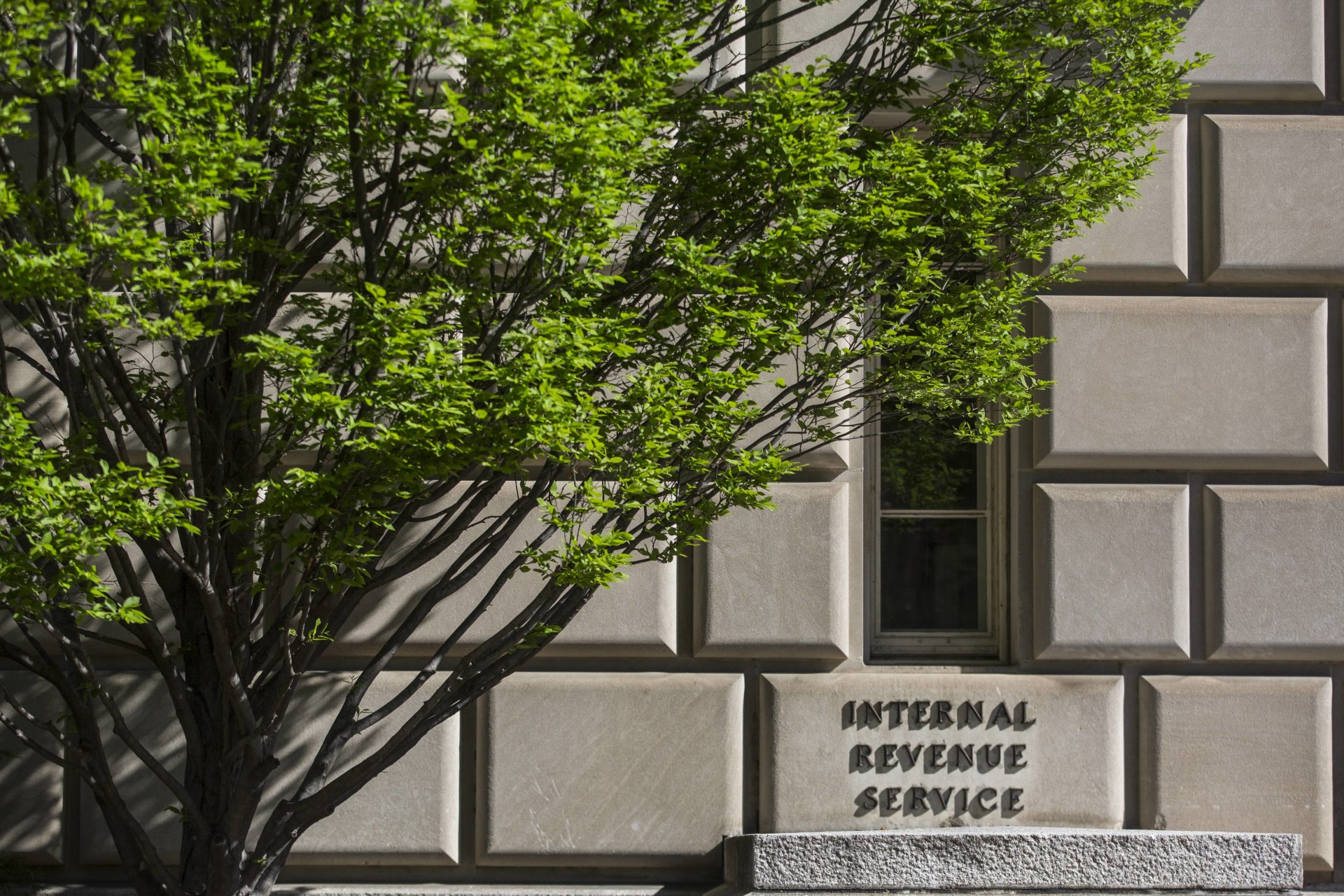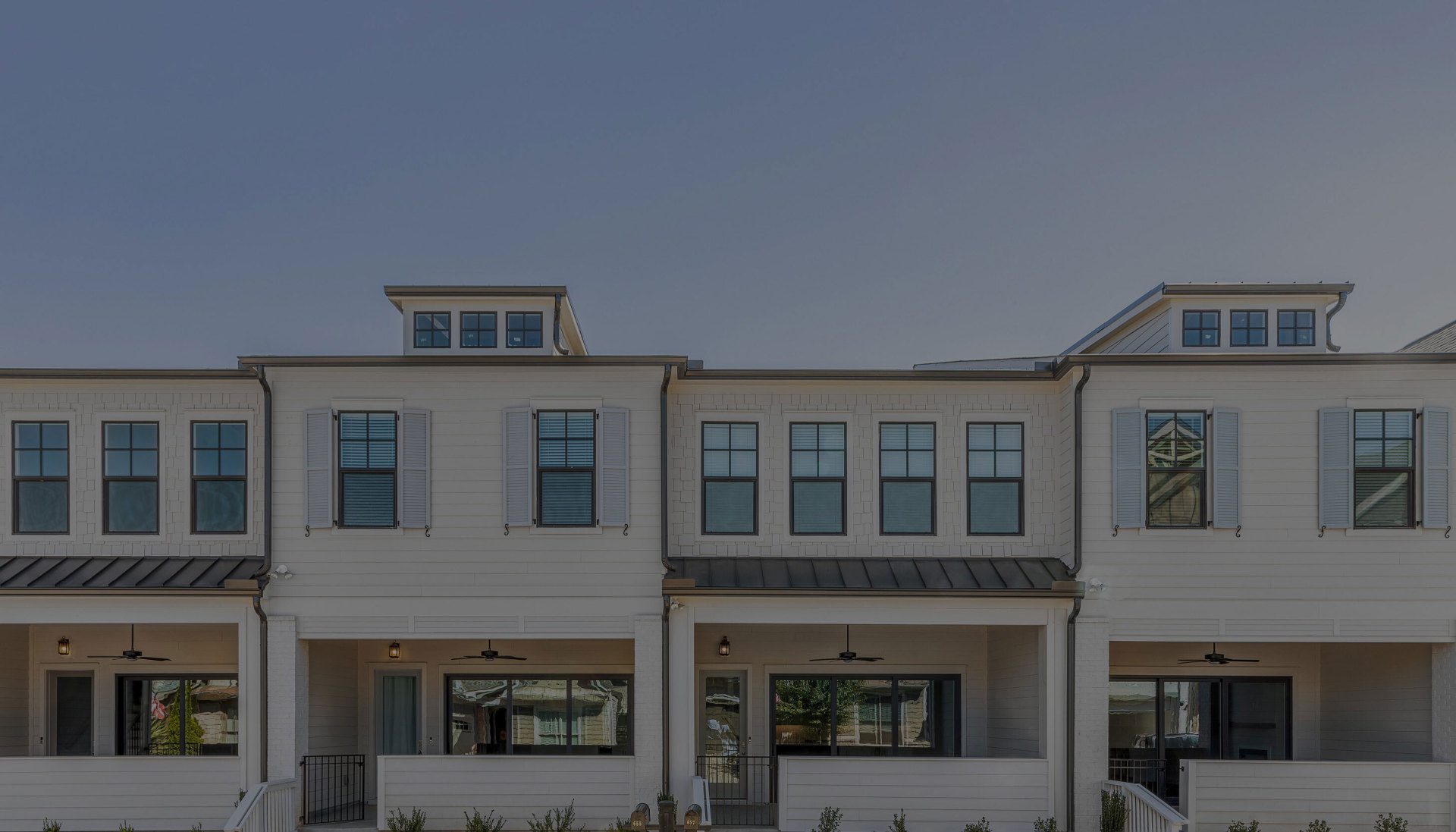Investing in the real estate market is an excellent way to diversify an investment portfolio.
Real estate has a low correlation with the stock market, and home prices are much less volatile than securities. Property owners are also able to take advantage of multiple tax breaks that enhance the return on an investment.
Finally, if investors build a portfolio of rental properties in geographically diverse regions, it makes them more resilient investors, capable of weathering various different kinds of economic storms.
Just as there are many kinds of real estate assets (commercial real estate, single family rental property, apartment buildings, real estate wholesaling, real estate debt, and others), there are also various kinds of real estate investing.
Which strategy fits an individual investor depends on factors like their risk tolerance, how much control they want to have over the asset, whether they are a beginner real estate investor or an expert, how much cash they have for a down payment, and what level of cash flow they are seeking.
Here's a look at a variety of real estate investment strategies.
1. Invest in single-family rental (SFR) properties
The combination of fixed-rate mortgages, gradual price appreciation, and tax incentives encouraging home purchasing has made residential real estate one of the most powerful engines for building intergenerational prosperity in the United States, and made rental property one of the most promising real estate investments.
In the period following the 2008 housing crash, retail buyers as well as institutions began to see single family homes as a highly investable asset, and since then they have grown into the single largest asset class in real estate, valued at $4.6 trillion. John Burns Real Estate Consulting estimated that some $45 billion in institutional money flowed into the SFR and build-to-rent sectors in 2021.
Though individual markets experience ups and downs, house prices in general, over time, have risen, according to this chart from the Federal Reserve of St. Louis.
Investors can use leverage, borrowing from banks to allow them to make purchases that earn rental income (cash-on-cash) as well as capital appreciation over time. Monthly rental income helps to cover the mortgage payments, if not pay them in full, so the investor builds equity.
And real estate acts as a hedge against inflation, which causes the money paid in fixed mortgage payments to be worth less over time.
Rental property is also an important part of a diversified investment portfolio, since it is not highly correlated with the stock market.
2. House hacking
Investment mortgage down payments can be prohibitive for some would-be investors. House hacking is a way for buyers to jumpstart the process of building equity in income-producing properties.
Put simply, house hacking involves buying a property that the investor lives in, and then renting out part of it. This way, they can reduce their mortgage payments with the rental income, and in some cases even make a profit. The house hacker can spend this so-called passive income any way they want — pay down the mortgage, make a large purchase, or even save for another home to expand their portfolio.
One of the major advantages of house hacking is that it gives the investor access to residential mortgages, where interest rates are lower than investment mortgages and the down payment is substantially less.
3. Flipping properties
Flipping entails renovating houses and then selling them in short order. Success in flipping is measured by the profit the seller makes over the purchase price, and how quickly the property is sold, because the flipper continues to make mortgage payments until the house is sold.
Flippers seek below-market-rate deals; make enough improvements so that they can raise the price substantially; and quickly turn the houses over. A distressed property may be the most appealing to the flipper, provided they can make major improvements while keeping costs under control.
Successful flippers have a system in place, from access to affordable materials, a crew that can provide high-quality work at a fair price, and a real estate agent who can sell a property quickly.
The disadvantage of flipping a property is that it subjects the seller to higher capital gains taxes than if a property is held for at least two years.
4. Live-in flip
The live-in flip lets an investor live in a fixer-upper while improving it, and sell it later for a considerable, tax-free profit. While the flipper loses money for every month the house is in their hands, the live-in flipper gets the use of the house while they renovate it.
If they can find a house below market value, or one where they can make improvements that increase its value, the live-in flip can be very lucrative, because they can use owner-occupied financing to live in a property they are treating as an investment.
Especially if the investor qualifies for low-interest mortgages, such as Veterans Administration loans, the live-in flip can be a powerful investment strategy.
The U.S. tax code allows investors to sell a home and pay no taxes on gains of up to $500,000 for a couple or $250,000 for an individual. To qualify, the investor must own and live in the residence for at least two of the five years before the sale, to qualify for the Section 121 Exclusion.
Some investors put their profit from a live-in flip toward the purchase of another, better property, with the goal of building their profits into the ability to buy a home debt-free, or expanding their investment portfolio.
The downside of the live-in flip? The investor has to live in a construction site and move every few years. And there's always the possibility that the house has more serious problems than they realized.
There is also the risk that, in the midst of a live-in flip, an investor will need to move out. In that case, it's possible to qualify for a partial Section 121 exclusion, if the reasons for moving include:
- Job relocation
- Change in health
- Military deployment
- Unforeseen circumstances
An investor should consult with a tax professional if forced to move early.
5. Real estate wholesaling
Real estate wholesaling is acting as a middleman between the buyer of a house and the seller, and either collecting a fee for one's service or collecting the difference between what the seller collects and what the buyer pays.
This often involves what investors call “driving for dollars,” searching neighborhoods for properties the investor thinks they can make money on. Investors also use direct mail marketing campaigns and the Multiple Listing Service (MLS), or remain on the lookout for For Sale By Owner (FSBO) signs.
6. Real estate investment trusts (REITs)
Real estate investment trusts, commonly known as REITs (pronounced reet), are corporations that act like mutual funds for real estate investors, allowing them to invest without owning any physical property themselves. Investors purchase shares of REITs, like they would buy a share of stock or a mutual fund, and the trust pays dividends to the shareholders.
Congress established REITs in 1960 as a way to let individuals invest in large-scale, income-producing real estate.
REITs can deduct from their taxable corporate income all dividends paid out to shareholders. Most REITs, according to the Securities and Exchange Commission's Office of Investor Education and Advocacy, pay at least 100 percent of their taxable income to shareholders, and thus pay no corporate tax.
REITs overall are seen as a good investment. According to the FTSE NAREIT Equity REIT Index, the 40-year compounded annual return on REITs is 9.44 percent.
7. Real estate investment groups (REIGs)
Real estate investment groups (REIGs) are groups of private investors who pool their finances and know-how to invest in real estate using various strategies.
A real estate investment group, unlike a REIT, is not a taxable corporation with a board of directors governed by strict rules and criteria. REITs, for example, must have at least 100 investors by the completion of their first year and five or fewer individuals cannot own at least 50 percent of the REIT.
Real estate investment groups, by contrast, are governed by private agreements rather than government regulations. REIGs have the flexibility of various structures, membership fees (if any), and degrees of participation. A real estate investment group may be a good choice for investors who want to own a stake in physical real estate.
8. Property tax lien investing
Property tax lien investing is an indirect way of real estate investing, by buying tax lien certificates. A tax lien is a legal claim against a property that occurs when the owner fails to pay property taxes; it is placed by the municipality where the house is located. It acts as a legal claim to the property for the outstanding amount.
These are different from mortgage liens, which give a lender the right to a property until the borrower pays off the loan.
When the municipality places a tax lien on the property, it issues a certificate specifying the amount that is owed, and an interest rate that the owner of the lien will earn. It then auctions off the certificates to investors; currently, 28 states allow the auction of these certificates. Some $21 billion of property taxes become delinquent each year, according to the National Tax Lien Association, making it a sizable area for investment.
When a bidder wins the auction, they pay the tax bill and earn the right to take ownership of the property through foreclosure, or to be paid back when the homeowner pays their back taxes. The homeowner has a certain amount of time to pay up, or become subject to foreclosure. If the homeowner pays up, the holder of the lien makes back their investment, with interest.
9. BRRR: Buy, rehab, rent, refinance, repeat
Buy, Rehab, Rent, Refinance, Repeat (BRRR) is a popular long-term property investment strategy.
The strategy entails buying a property, ideally at below market value, rehabbing it, renting it out to cover the mortgage, doing a cash-out refinance, and then using the profits to repeat the process.
This is not a strategy for novices, but rather for experienced investors, partly because it involves identifying great deals: properties that require some work but are also a sound investment.
It is key to know the costs of the repairs that will make the rental property attractive to residents, and the amount of time those repairs will require, since the investor will make the mortgage payments while the rehab is underway. Kitchens and bathrooms typically offer the highest return on investment, and it's essential to improve the property's curb appeal.
The next step is renting the property to good tenants at a rate that covers the mortgage payments, or better, until the investor can refinance. Banks usually require a “seasoning” period before refinancing, and a cash-out refinance requires a certain amount of equity. Lenders also don't generally refinance a vacant property, and the investor will have to have a good credit rating, typically 620 or above.
The investor then finds another deal and repeats the process.
While it is a potentially lucrative strategy, it is labor-intensive; it is not a passive investment strategy. It may also be difficult to get a traditional mortgage on a distressed property, so the investor may need a network of lenders, or the ability to take out a home equity line of credit (HELOC).
10. Rental debt snowballing
This is a technique for paying off debt on multiple rental properties in order to own them free and clear. It was popularized as a way of paying off personal debt by financial author Dave Ramsey, and can be applied to real estate investing as well.
The plan consists of:
- buying several rental properties with low-interest loans
- combining savings from a job with all income from the rental properties
- directing all available cash to paying off the rental property with the lowest balance early
- repeating the procedure, focusing on the lowest balance loan, until all are paid off.
It's essential to put all available resources, including savings from a day job as well as all rental income, toward a large payment every month possible on the mortgage on the lowest-balance rental property. Once that is paid off, the investor is still making the same income, but with one fewer mortgage to make payments on. With every mortgage that gets paid off, the investor has more resources to pay off the next mortgage, so the snowball gets bigger.
The plan requires finding good rental properties at good mortgage interest rates, and saving money with discipline for the years required to execute the plan.
A major advantage of this plan is that the results are visible and easily measurable, which has a considerable psychological benefit.
Another advantage is that it offers flexibility; if the investor hits a temporary financial roadblock, they can pause the higher payments and make minimum payments for as long as necessary.
11. BURL: buy utility, rent luxury
BURL relies on the concept of utility cost. A homeowner is missing out if their home would rent for more than they are paying for the mortgage. If they own a relatively luxurious home but could live happily in a more utilitarian home, it may make more sense to live there and turn the more high-end residence into a rental property.
Especially if the owner has lived in the home for an extended period, it's possible that inflation has driven up the amount they could earn from it as a rental property, since rents tend to rise along with inflation.



